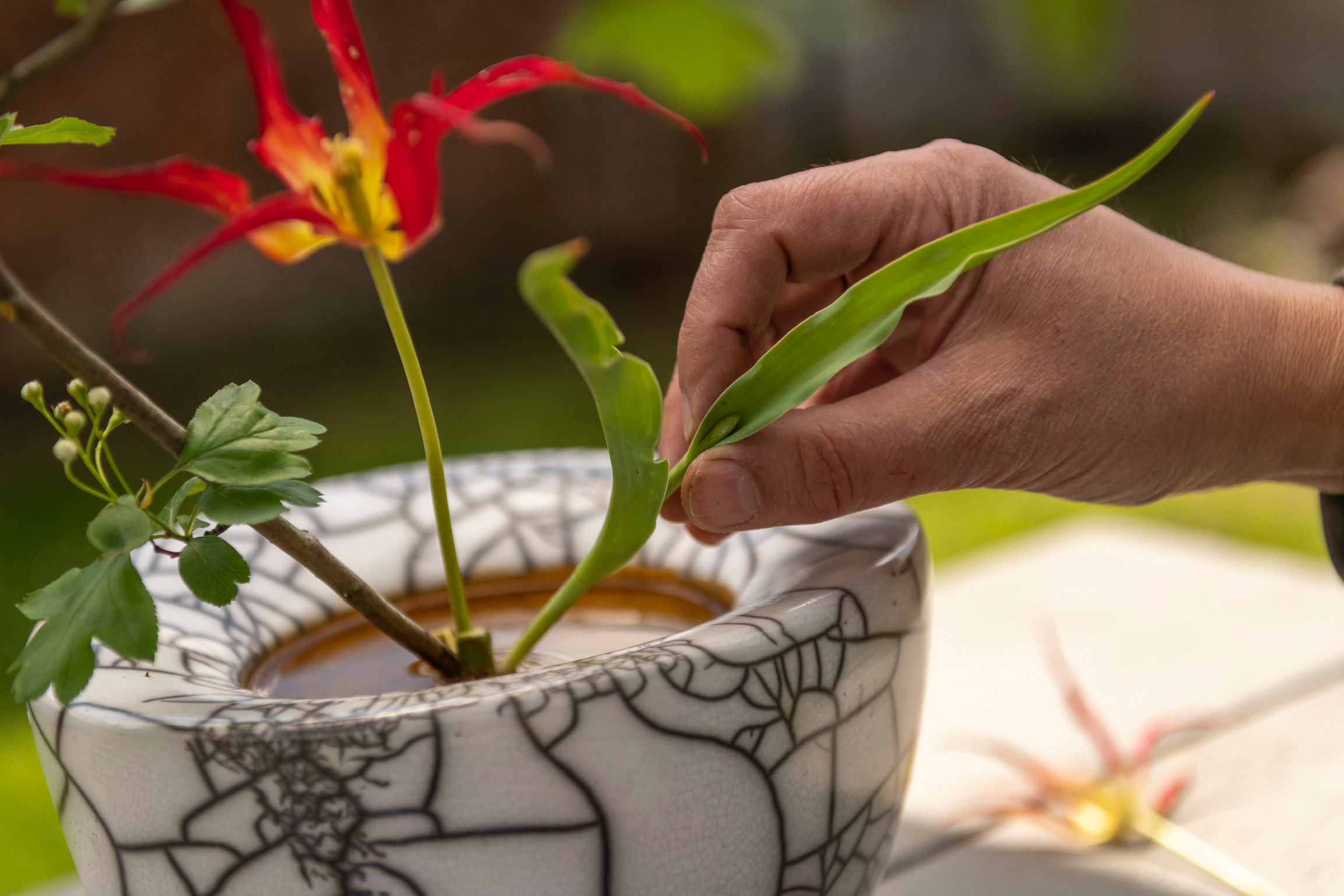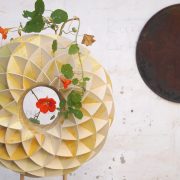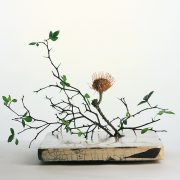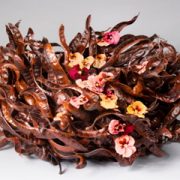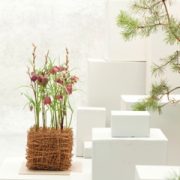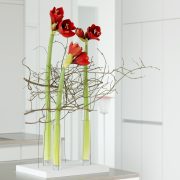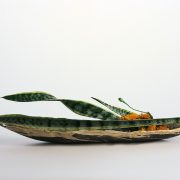The philosophy of Nicolaus Peters
Ikebana is a learnable art, and those who engage with it find it appealing in every new way at every level of learning. Once started, one soon discovers how the attitude and especially the view of flowers and plants changes, towards a deeper access to nature.
General information about Ikebana, parallels with western floristry
Ikebana – composed of the words “hana”, the flower and “ikeru”, something flaunting, is one of the most important traditional art forms of Zen in Japan. Flowers and branches are artfully arranged in special vases and bowls. The beginner has to follow strict design criteria in the beginning, in order to be able to work freely as an advanced student.
The love of line and clarity are the salient features of the Japanese flower arrangement. The arranger learns that taking away unimportant parts of plants – like an inconspicuous branch – can take on a unique beauty.
The western floristry captivates mainly by its abundance. The focus is on handling colors and a variety of materials. That’s what makes it so attractive to Asian flower arrangers. Approaches are surely made at master schools. The intensive study of plant material can be transferred one to one to the Ikebana.
Ikebana in Germany and Japan
There are countless Ikebana groups in Germany. You get the best information about the Ikebana Federal Association
The three largest Ikebana schools in Japan, which inform about current exhibition dates:
Sogetsu school
Ikenobo school
Ohararyu school
About the lecturer
Nicolaus Peters has been a horticulturist since 1994.
He holds the title of Ikebana Master “Komon”, of the Sogetsu Ikebana School, Tokyo.
In 2008 he became the German master of florists.
Nicolaus Peters offers Ikebana seminars for beginners and advanced students. His studio is located in Berlin.
Further information: Nicolaus Peters
Current seminars can be booked online


